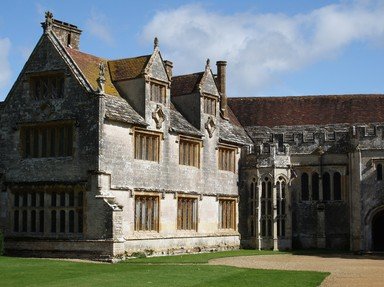Quiz Answer Key and Fun Facts
1. Henry VII died in 1509 and Henry VIII succeeded him. Which of these events did NOT take place during the same year?
2. Which book was published in 1516, with a title which is still used to describe an ideal society?
3. 1527 saw the birth of John Dee, later to become an adviser to Queen Elizabeth I. He is also credited with coining which of these expressions?
4. Thomas Cranmer was appointed to which role in 1533?
5. The Battle of the Solent, which took place in 1545, saw the sinking of which famous ship?
6. In 1558, England lost control of which French port, its only remaining possession in France?
7. Born in London, in 1561, which man became known as a pioneer in scientific experiment, and is often called the 'father of empiricism'?
8. English explorer Martin Frobisher discovered the large bay which still bears his name in 1576. In which country would you be able to visit it?
9. A conspiracy to kill Elizabeth I and replace her on the English throne with Mary, Queen of Scots, was discovered in 1586. By what name is this usually known?
10. Which playwright of the Elizabethan era met a violent death in 1593?
Source: Author
rossian
This quiz was reviewed by FunTrivia editor
gtho4 before going online.
Any errors found in FunTrivia content are routinely corrected through our feedback system.
